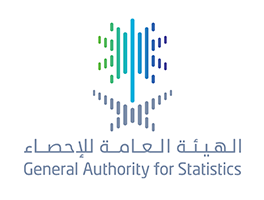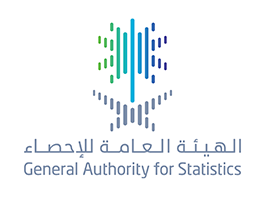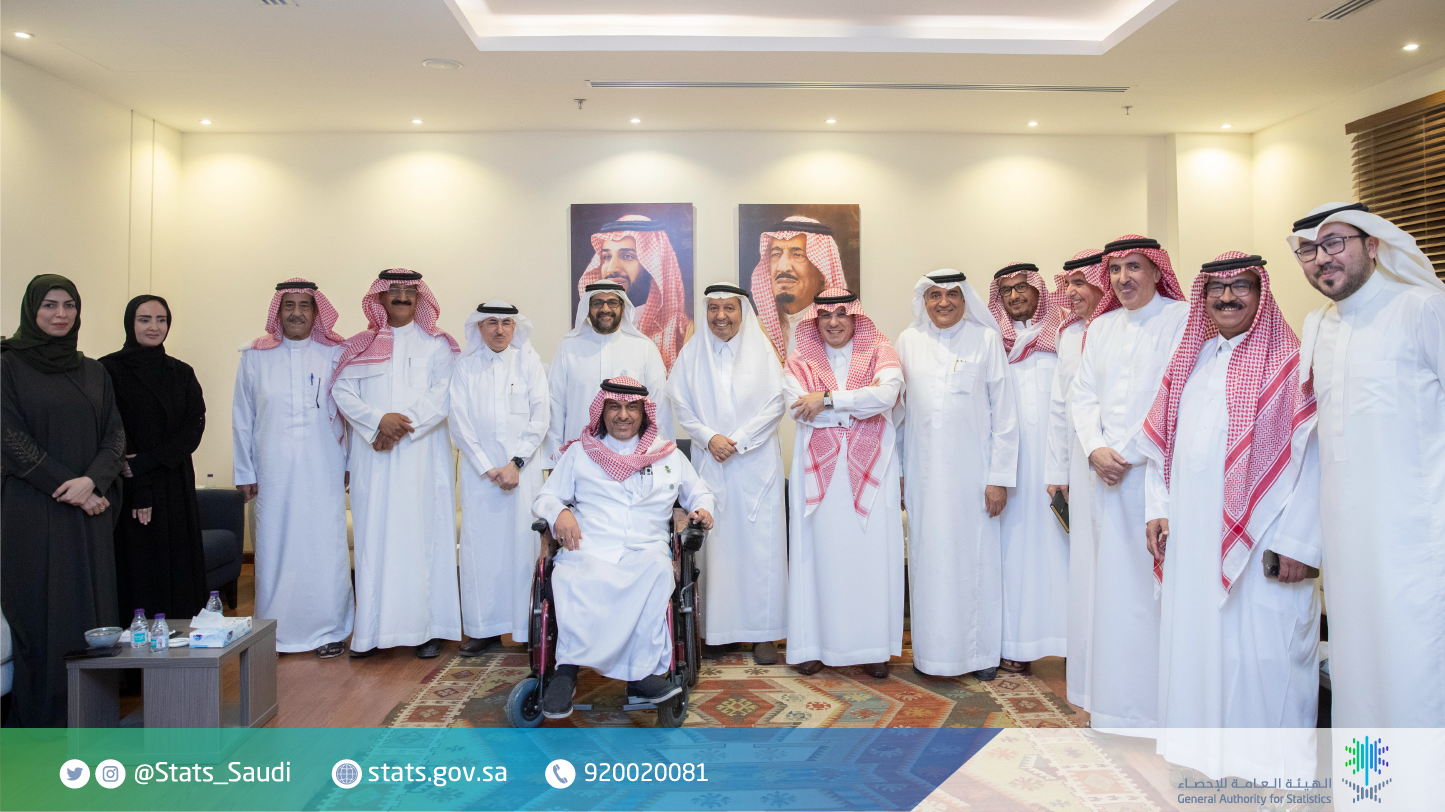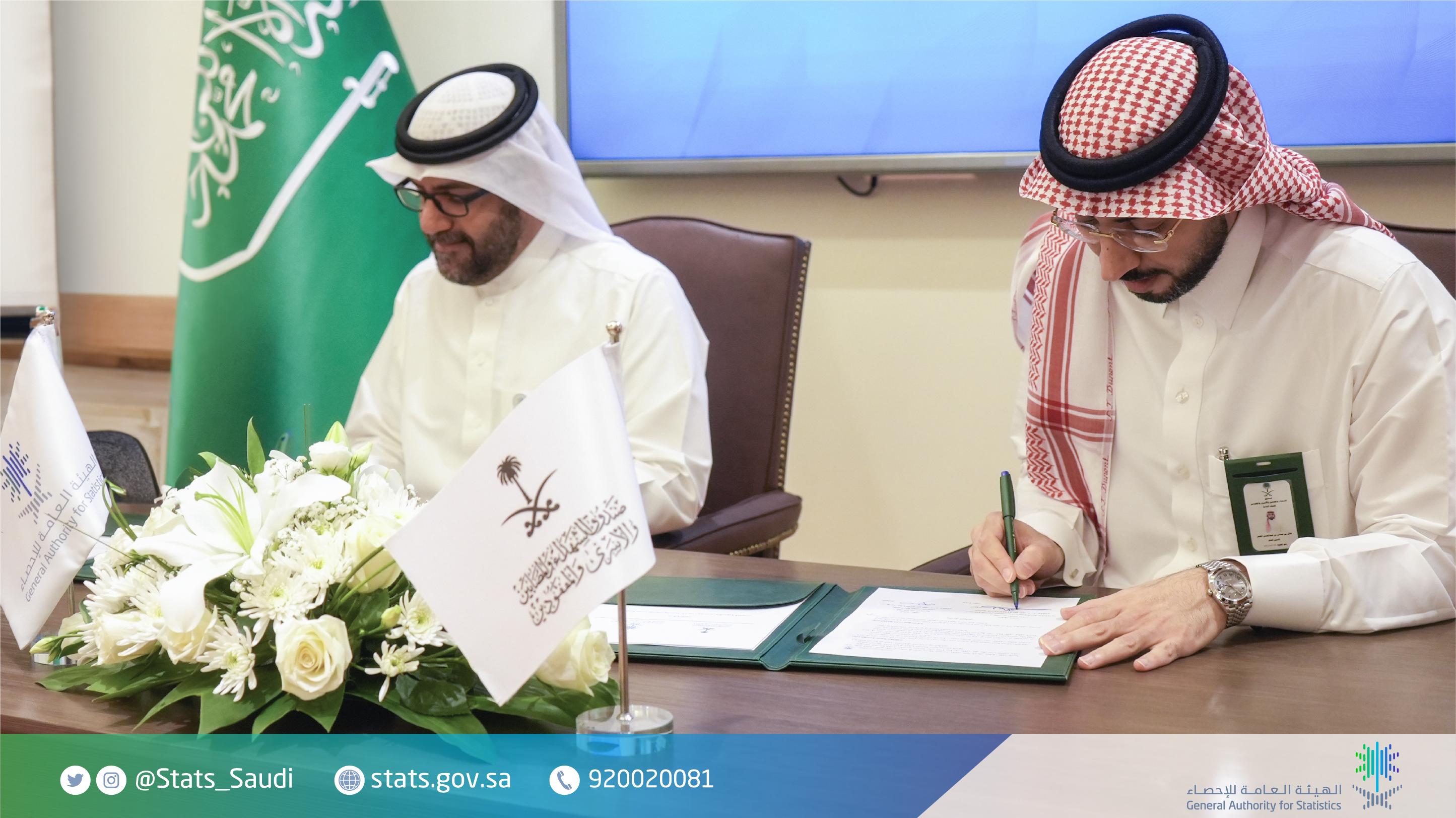Official government website of the Government of the Kingdom of Saudi Arabia
Links to official Saudi websites end withgov.sa
All links to official websites of government agencies in the Kingdom ofSaudi Arabia end with .gov.sa
Government websites use theHTTPSprotocol for encryption and security.
Secure websites in the Kingdom of Saudi Arabia use the HTTPS protocolfor encryption.

Merchandise Exports Record SAR 97.1 B in May 2023
25-07-2023

GASTAT releases the Industrial Production Index for May 2023
12-07-2023

Merchandise Exports Record SAR 97.1 B in May 2023
10-07-2023

GASTAT releases the Industrial Production Index for May 2023
09-07-2023

Merchandise Exports Record SAR 97.1 B in May 2023
25-07-2023

GASTAT releases the Industrial Production Index for May 2023
12-07-2023

Merchandise Exports Record SAR 97.1 B in May 2023
10-07-2023

GASTAT releases the Industrial Production Index for May 2023
09-07-2023